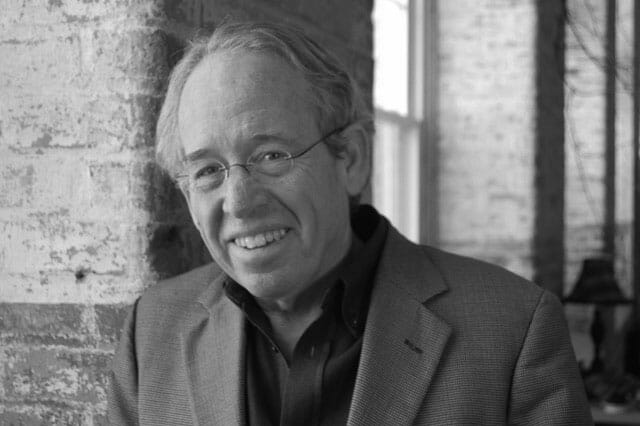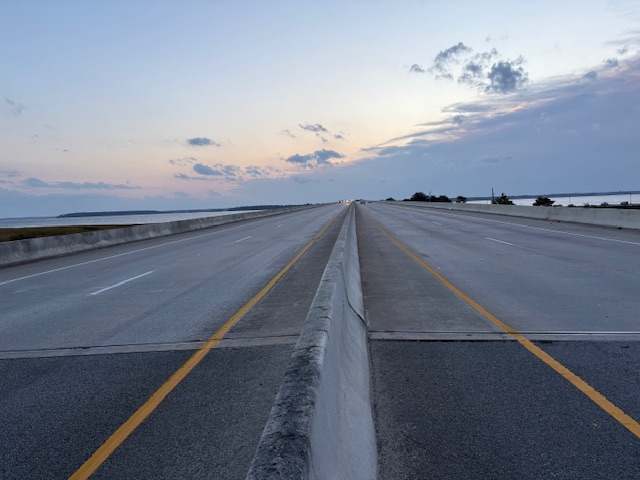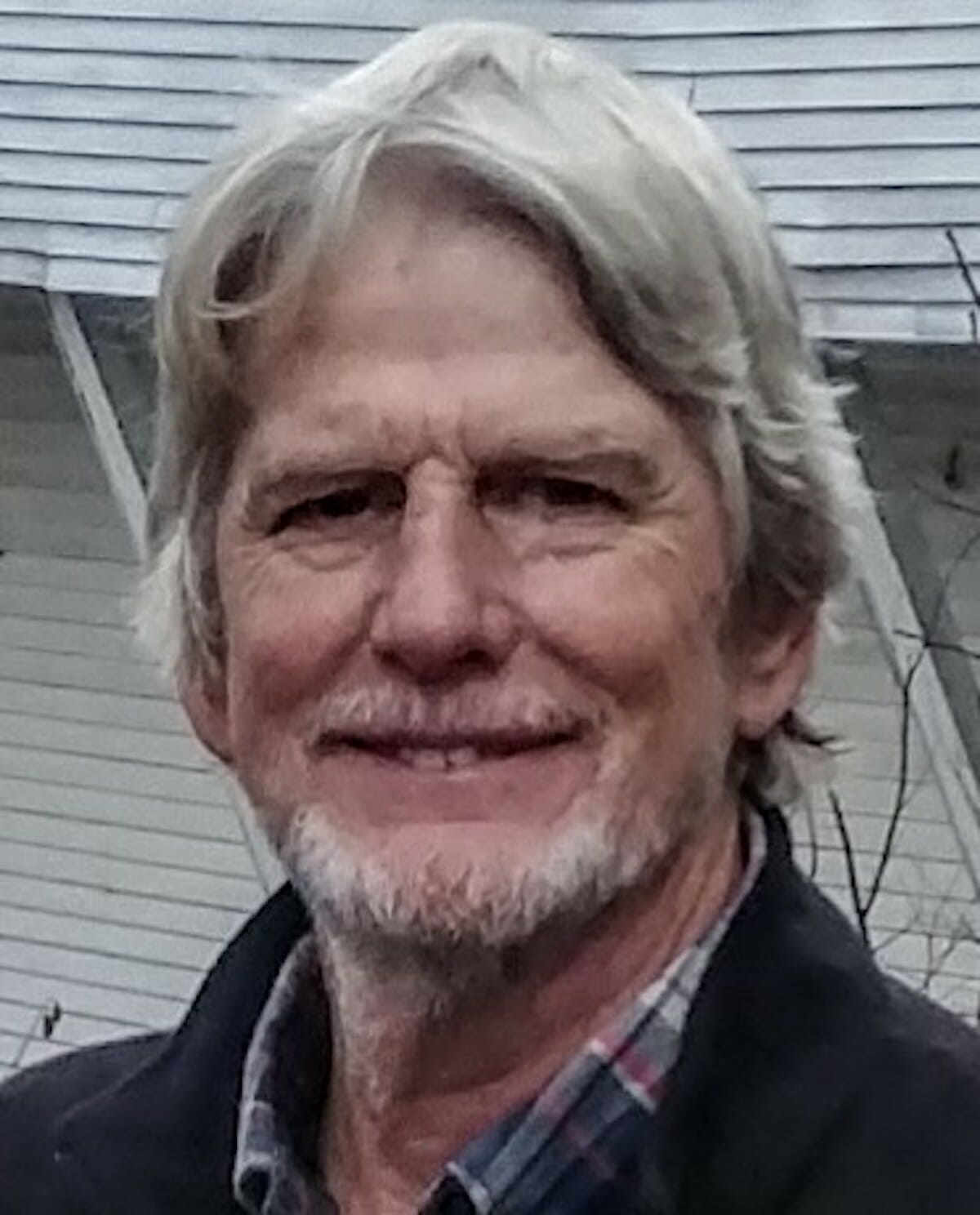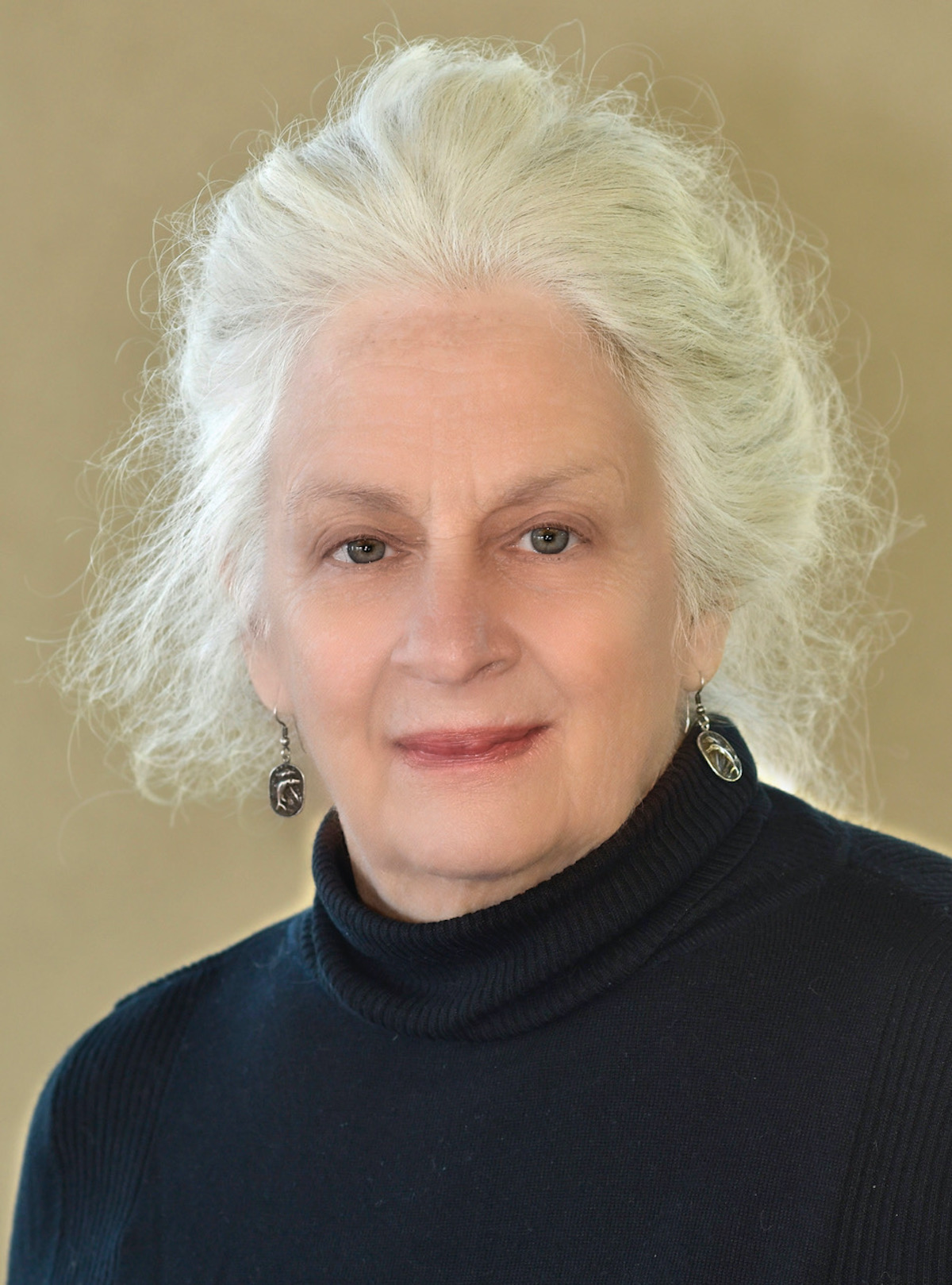By Scott Graber
It is Saturday, crisp, cooler, and I’m snug in my study — a small fire burns in the hearth and a steaming cup of River’s Edge Blend sits on the battered, sidewalk-salvaged table next to my chair.
This morning we read in The Post and Courier that another 62,000 acres — generally located around the Black, Santee and Pee Dee rivers — have been put under conservation easements. Three maps published in The Post and Courier show that 6,000 acres along the Santee, 35,000 acres along the Black and 21,000 riverine acres on the Pee Dee have been protected.
All of these places are generally west of Myrtle Beach and north of Georgetown, and can be seen from the air if one happens to have a Westward-looking window seat on a Delta flight out of Charleston bound for Laguardia airport in New York.
These 62,000 acres tie into the Santee Basin that brings another 350,000 acres of pine forests and former rice fields into a protected, never-to-be-developed category. This huge, meandering chunk of stewardship extends south (almost) to the Mt. Pleasant/Charleston metroplex which is incontrovertible evidence to the systemic suburbanization we can inflict on the earth when done in the name of improvement.
This “Santee/McClellanville Stretch” of green is not quite attached to the ACE Basin stretch which contains another 300,000 acres and reaches down into Beaufort County. The ACE Basin acreage is contiguous with our recent rural and open land efforts at Gregorie Neck, Buckfield, Chelsea as well as the vast, low-lying tracts of undisturbed forest bordering the Savannah River.
All told we (in South Carolina) have about 3 million acres in public ownership or conservation easements; or 15% of the state’s landmass.
We should be proud of these ongoing efforts.
South Carolina’s coast has, for many years, sustained a huge pine forest that, in turn, has sustained paper mills in Georgetown, North Charleston and Savannah. These mills bought 16-year-old pine trees and made tree farming a viable alternative to growing houses, condominiums and shopping centers.
For many years, Union Camp maintained vast pine forests in and around Bluffton. And every year — it is said — there was an argument at their annual board retreat about a sale (of these forests) to the developers who where then looking at Sea Pines Plantation on Hilton Head and saying, “My God, Babs, I can do that over in Bluffton!”
For years the “pine forest advocates” won the debate; but then (in 1993) the prospect of selling these strategically positioned properties became too great.
The flood gates were opened with the purchase of 5,100 acres by Del Webb Communities, which soon was transmuted into Sun City Hilton Head.
In 1999, Union Camp sold 20,000 acres to International Paper who immediately turned around and sold Palmetto Bluff to Crescent Communities — a developer out of Charlotte.
One can see the Sun City community and its issue if one is flying out of Savannah (to Laguardia) having a window seat on the left hand side of the jet.
None of this development seemed to bother the paper-making people until 2023 when Westrock Paper closed it’s North Charleston paper mill. The following year International Paper closed its mill in Georgetown. These were followed by the closure of the paper mills in Savannah and in Riceboro (Georgia).
These mills bought pine trees from South Carolina and Georgia pine tree farmers and one has to believe these closures have had an adverse impact on those in the pine growing business. Where will these farmers sell their trees?
The paper-making people say that the closures are a “strategic review of the cellulose fiber business in an effort to be more profitable.” A more truthful answer might be that recycled fiber is taking the place of “virgin fiber.”
But if your pine tree-growing farmer can’t sell his pine trees to local mills, will these people get out of the business altogether? Or will they turn to pine straw like one farmer in Georgia? And will, one wonders, this will make it harder to sell a conservation easement to a large, coastal landowner who is willing to stiff-arm condo, townhouse and big box developers?
When I was younger I sometimes heard that a cultivated pine forest was nothing more than a sterile monoculture — not a real forest. But driving through a canyon of 15-year-old pines on U.S. 17 — and listening to Vivaldi — can be inspirational.
Scott Graber is a lawyer, novelist, veteran columnist and longtime resident of Port Royal. He can be reached at cscottgraber@gmail.com.







